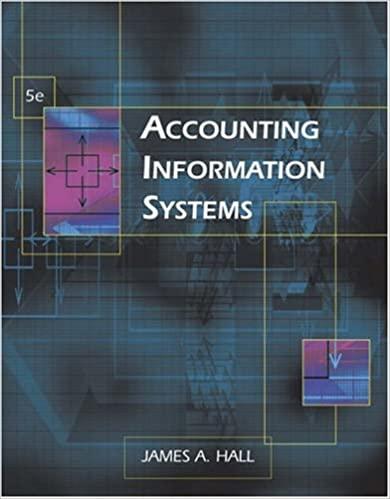
In preparing for the upcoming holiday season, Fresh Toy Company (FTC) designed a new doll called The Dougie that teaches children how to dance. The fixed cost to produce the doll is $100,000. The variable cost, which includes material, labor, and shipping costs, is $36 per doll. During the holiday selling season, FTC will sell the dolls for $44 each. If FTC overproduces the dolls, the excess dolls will be sold in January through a distributor who has agreed to pay FTC $10 per doll. Demand for new toys during the holiday selling season is uncertain. The normal probability distribution with an average of 60,000 dolls and a standard deviation of 15,000 is assumed to be a good description of the demand. FTC has tentatively decided to produce 60,000 units (the same as average demand), but it wants to conduct an analysis regarding this production quantity before finalizing the decision. (a) Create a what-if spreadsheet model using formulas that relate the values of production quantity, demand, sales, revenue from sales, amount of surplus, revenue from sales of surplus, total cost, and net profit. What is the profit (in $) when demand is equal to its average (60,000 units)? (b) Modeling demand as a normal random variable with a mean of 60,000 and a standard deviation of 15,000, simulate the sales of The Dougie doll using a production quantity of 60,000 units. What is the estimate of the average profit (in $) associated with the production quantity of 60,000 dolls? (Use at least 10,000 trials. Round your answer to the nearest integer.) How does this compare to the profit corresponding to the average demand (as computed in part (a))? O The average profit from the simulation is greater than the profit computed in part (a). The average profit from the simulation is about the same as the profit computed in part (a). The average profit from the simulation is less than the profit computed in part (a). (c) Before making a final decision on the production quantity, management wants an analysis of a more aggressive 70,000-unit production quantity and a more conservative 50,000-unit production quantity. Run your simulation with these two production quantities. What is the average profit in $) associated with each? (Use at least 10,000 trials. Round your answer to the nearest integer.) average profit for 50,000 units $ average profit for 70,000 units $ (d) Besides average profit, what other factors should FTC consider in determining a production quantity? Compare the four production quantities (40,000; 50,000; 60,000; and 70,000) using all these factors. What trade-offs occur? What is your recommendation? In preparing for the upcoming holiday season, Fresh Toy Company (FTC) designed a new doll called The Dougie that teaches children how to dance. The fixed cost to produce the doll is $100,000. The variable cost, which includes material, labor, and shipping costs, is $36 per doll. During the holiday selling season, FTC will sell the dolls for $44 each. If FTC overproduces the dolls, the excess dolls will be sold in January through a distributor who has agreed to pay FTC $10 per doll. Demand for new toys during the holiday selling season is uncertain. The normal probability distribution with an average of 60,000 dolls and a standard deviation of 15,000 is assumed to be a good description of the demand. FTC has tentatively decided to produce 60,000 units (the same as average demand), but it wants to conduct an analysis regarding this production quantity before finalizing the decision. (a) Create a what-if spreadsheet model using formulas that relate the values of production quantity, demand, sales, revenue from sales, amount of surplus, revenue from sales of surplus, total cost, and net profit. What is the profit (in $) when demand is equal to its average (60,000 units)? (b) Modeling demand as a normal random variable with a mean of 60,000 and a standard deviation of 15,000, simulate the sales of The Dougie doll using a production quantity of 60,000 units. What is the estimate of the average profit (in $) associated with the production quantity of 60,000 dolls? (Use at least 10,000 trials. Round your answer to the nearest integer.) How does this compare to the profit corresponding to the average demand (as computed in part (a))? O The average profit from the simulation is greater than the profit computed in part (a). The average profit from the simulation is about the same as the profit computed in part (a). The average profit from the simulation is less than the profit computed in part (a). (c) Before making a final decision on the production quantity, management wants an analysis of a more aggressive 70,000-unit production quantity and a more conservative 50,000-unit production quantity. Run your simulation with these two production quantities. What is the average profit in $) associated with each? (Use at least 10,000 trials. Round your answer to the nearest integer.) average profit for 50,000 units $ average profit for 70,000 units $ (d) Besides average profit, what other factors should FTC consider in determining a production quantity? Compare the four production quantities (40,000; 50,000; 60,000; and 70,000) using all these factors. What trade-offs occur? What is your recommendation







